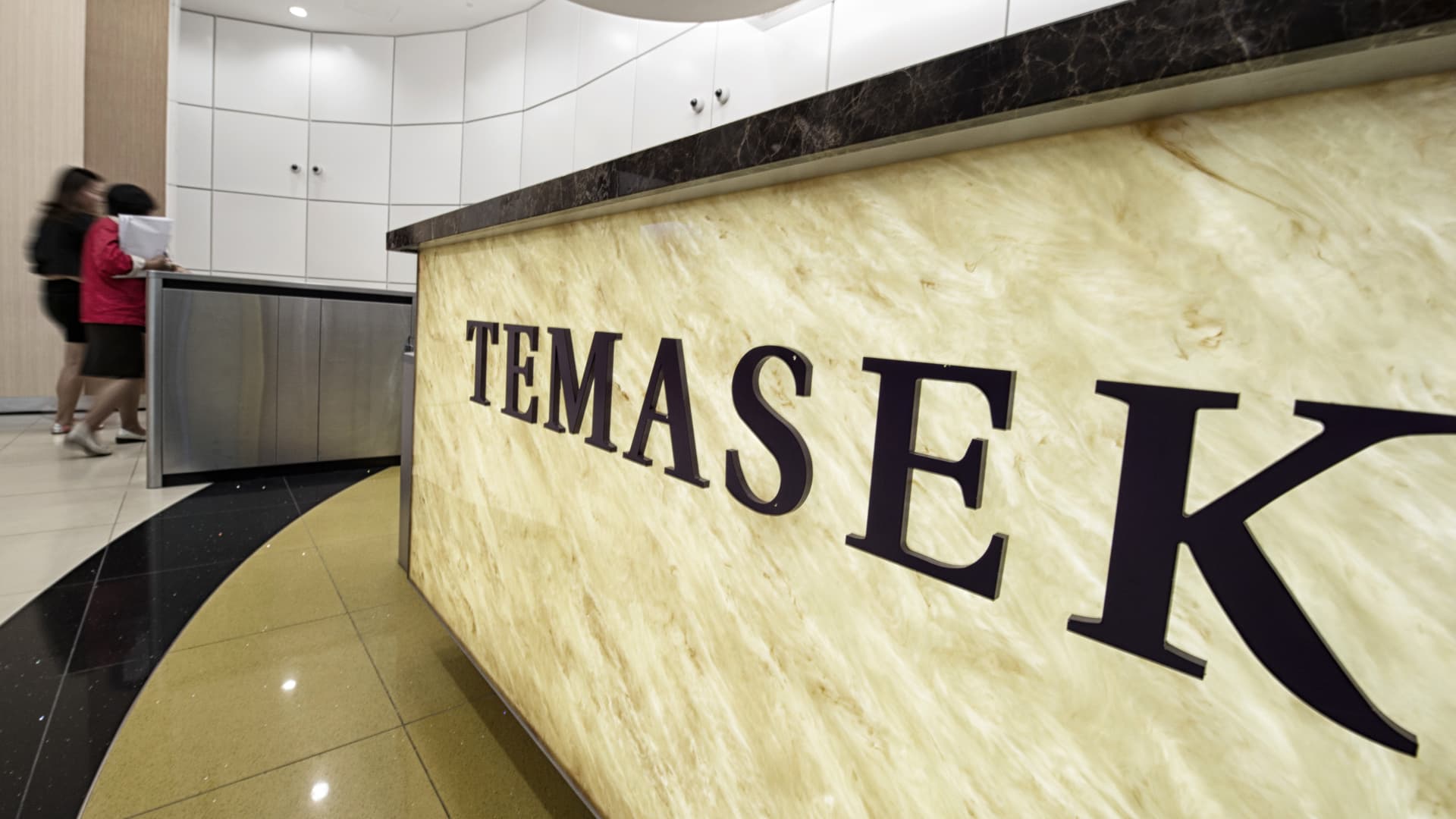Nielsen and rivals get new guidelines from industry for 2024 upfronts
Network-backed Joint Industry Committee gets big agency backing, but certification on new rules will be hard.

The U.S. Joint Industry Committee, led by media companies, has issued a new set of requirements for cross-platform video currency measurement aiming to certify providers in time for the 2024 upfronts. But while the standards have come fast, implementing them in little over a year will be difficult.
The JIC is an outgrowth of work by TV-focused media companies and led by network-owned technology collaborative OpenAP. The requirements sent to seven measurement providers, including industry heavyweight Nielsen on March 1, also got backing from major media agencies and holding companies, which issued a joint statement in support.
“Standardization across all measurement currencies is critical for our ability to scale a multicurrency future, and the infrastructure we create must work for both buyers and sellers,” according to the statement from executives of Dentsu, IPG Mediabrands, GroupM, Horizon, Publicis Media, Omnicom Media Group and RPA. “The announcement of the JIC's initial set of requirements for cross-platform transactions is the first step toward creating a future for video advertising that reflects how people are consuming video today. We believe it will ultimately spur competition and innovation in measurement.”
Getting certified ‘a stretch’
The JIC met an aggressive deadline set in early January to issue requirements by March 1. But getting measurement companies certified to meet all the ambitious standards in time for trading in the 2024 upfronts will be harder.
“Reaching full certification may be a stretch for some” by 2024, said OpenAP CEO David Levy. “But I've been very encouraged by seeing all these different constituents come together and be able to get some consensus around the core things we need for transactions as we move across platforms. I think most people probably underestimate the willingness of this industry to adapt.”
Some certifications may be conditional, Levy said, perhaps pending completion of third-party audits or covering only portions of measurement, such as CTV. But the process will bring transparency as the requirements call for in-depth reveals about data sets and methodologies that “go beyond the sales materials,” he said.
The JIC requirements call for full transparency around data sets and methodology, and for all currency providers to seek Media Rating Council certification as well. Currently, Comscore has an application in process for its TV measurement and iSpot.tv for the ad recognition portion of its measurement. Nielsen, which is seeking to restore accreditation for its panel-based national TV ratings, has yet to file an application for Nielsen One Ads, which is based primarily on big data sets from set-top boxes and smart TVs.
Some agency executives said it would be challenging for any measurement providers to meet the requirements by the 2024 upfront. But having the standards out there now makes it more possible to ultimately get marketers on board with the changes, said one.
A second agency executive described the requirements as “the gold standard for alternative currency” rather than a definitive set of rules. Some areas are “going to be hard and fast, like you either have this transparency or you don’t,” the executive said. But there’s likely to be more leniency in other areas until the standards are more established.
“We believe there will be transaction-ready partners for [the ‘24] upfront,” said Kelly Metz, managing director of advanced TV activation at Omnicom Media Group. “Perhaps not all criteria will be met, but there will be a minimum set of standards that evolve and mature as capabilities become available. The goal is to have clear standards communicated broadly for this year’s upfront, hence the speed.”
Related: 2023 upfronts and newfronts calendar
Network data challenge
Included in the JIC requirements, are that big data sets be the foundation of cross-platform viewership projections, with “panels used for calibration as necessary to ensure stability.” Such data should be "nationally representative and fully inclusive of diverse segments, and leverage the digital streaming and ad exposure data provided by the JIC,” according to the document.
Even for the JIC members, that last part may be tricky. It requires providing access to server data from media companies to the measurement providers. Levy acknowledged that collection and interoperable reporting of streaming data by JIC-affiliated media companies is a work in progress, with part of the difficulty being in ensuring compliance with viewer privacy safeguards and anticipating how laws and regulations will evolve.
National programmers backing the requirements include A+E Networks, Fox, Hallmark Media, NBCUniversal, Paramount, TelevisaUnivision and Warner Bros Discovery; streaming platform Roku, as well as the Video Advertising Bureau trade group, are also part of the JIC. The JIC doesn’t currently include some of the biggest TV and streaming players, including The Walt Disney Co., Amazon, Apple, Netflix, TikTok, Google and other social and digital platforms.
Not YouTube-friendly
One of the requirements stipulates that “content quality metrics are attached to reach metrics” in calculating audiences and ad frequency, which could take a bite out of YouTube's audience numbers in what TV executives see as a fairer comparison of impressions.
Kelly Abcarian, executive VP of measurement and impact said at NBCU, said during her company’s NBCOne conference last month that the Content Quality Index it has commissioned from third-party providers shows the network’s premium programming to have a higher quality score than user-generated content.
YouTube is the biggest CTV platform by audience, per measurement by both Nielsen and TVision. But a recent report by TVision, which uses cameras to track viewer attention on TV screens, appears to back the NBCU argument on relative content quality. TVision showed only 23.2% of people on average watching YouTube ads vs. the 34.1% average for other CTV programming.
TVision CEO Yan Liu in an interview attributed the difference in part to people often streaming YouTube on their TVs as “background noise” rather than paying active attention. But he said engagement with higher-quality YouTube content is similar to other streaming networks.
Measurement company issues
The JIC communicated the standards to Comscore, iSpot.tv, VideoAmp, InnovidXP (TVSquared), SambaTV and 605. And Levy said initial feedback from measurement providers has been positive. Most of the companies involved said they plan to participate in the process, however a Nielsen spokesman said the company is reviewing the material and doesn’t have further comment at this time.
“We're very supportive of industry collaboration that increases adoption of new currencies,” said Michael Parkes, president of VideoAmp, in a statement. “The newly formed JIC shares this intention and is about empowerment through the creation of measurement certification standards, which is a positive step toward enabling a competitive marketplace.”
“Modernizing currency requires the kind of collaboration and implementation of standards we're seeing from the JIC,” said Sean Muller, founder and CEO at iSpot.
“We are very confident in our ability to meet the requirements of the JIC and do so in a way that surpasses that of other providers,” said Carol Hinnant, chief revenue officer of Comscore.
Samba TV founder and CEO Ashwin Navin also said his company will be an “active participant in the development of the standards and ultimately a core provider of the viewership data needed to develop future currencies.”
Liu, whose TVision provides co-viewing data to some of Nielsen’s competitors and has a substantial minority stake from iSpot.tv, said Nielsen has been reluctant to offer the degree of transparency the JIC appears to want, and other currency companies too may be reluctant to “share all the secrets of their methodology.”
In the interest of standardizing data and reporting across the industry, the standards could also commoditize currency products, Liu said.
While the intent is to have measurement companies use CTV ad exposure data provided by JIC members, the member companies at this point cover less than 20% of CTV inventory, he said, raising the question of “does the JIC have enough power to force measurement companies to use it?”

 Koichiko
Koichiko 






























